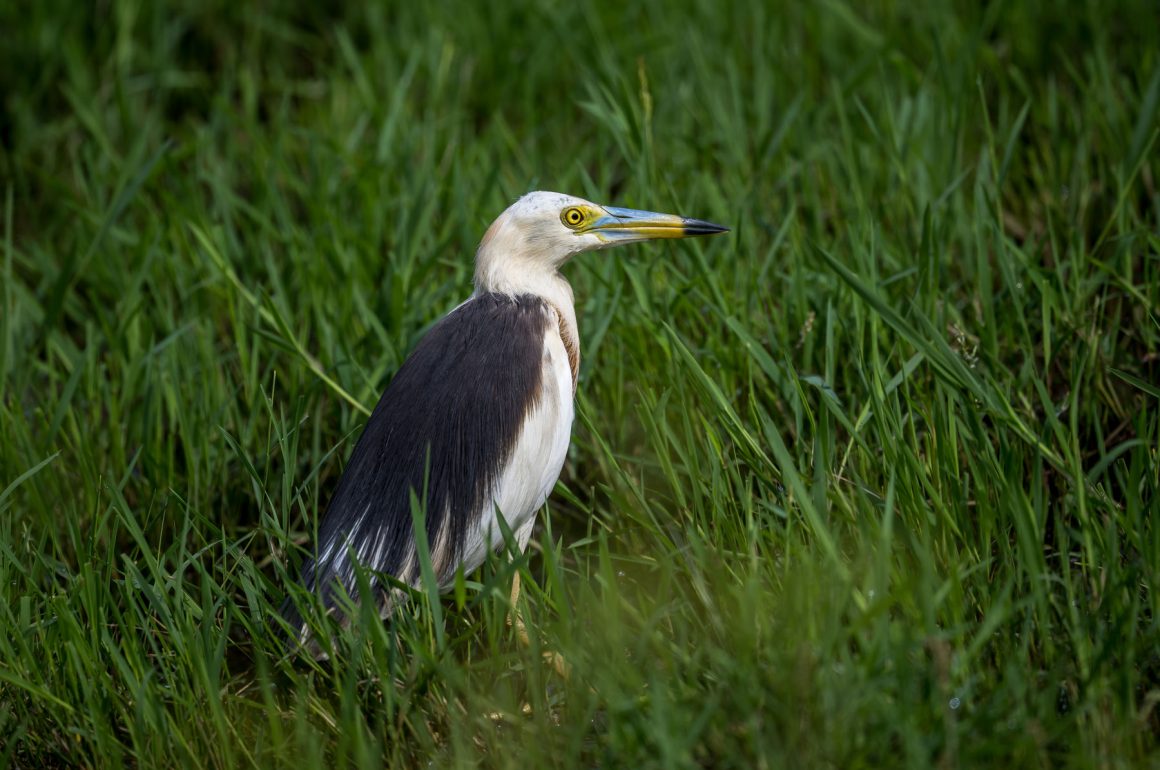
The main reason for birders to stay overnight at Kotamobagu is to see the Maleo at the Tambun Maleo Sanctuary – the subject of a separate post. But there are also a few interesting birds on the way between Kotamobagu and the sanctuary.
And even in the parking lot of my hotel. Looking out of the window in the morning, I predictably saw several Eurasian Tree Sparrows. If the Sulawesi Tree Sparrow is ever recognized as a separate species, it will be an easy addition to the life list I do not really keep.
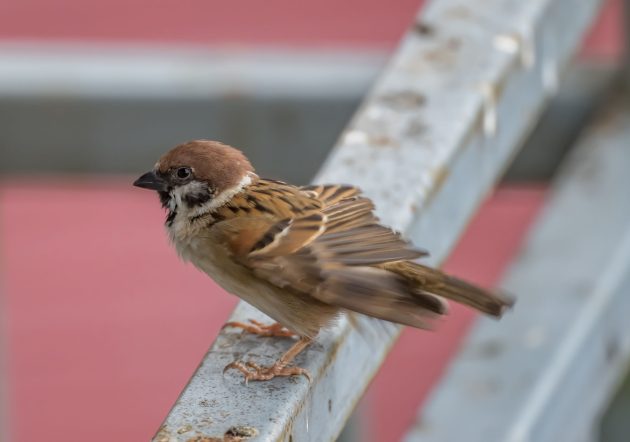
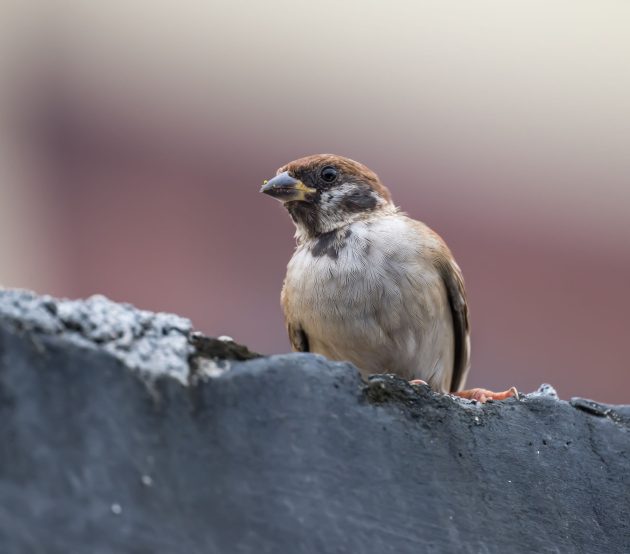
The next species spotted looking out of my window was the similarly ubiquitous Sooty-headed Bulbul.
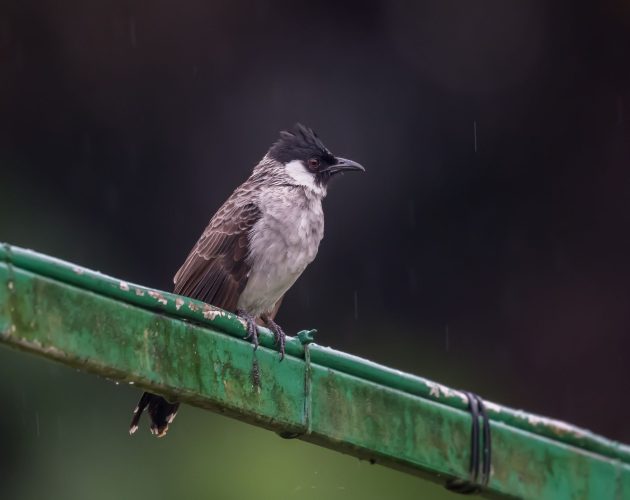
More interestingly, the parking lot was also used as a foraging ground by several Barred Rails. To see them, I had to step out on the balcony of my room.
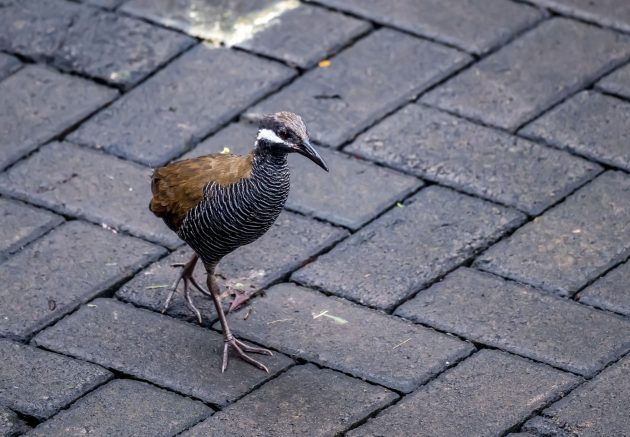
These birds probably are not aware of their HBW entry describing them as “very shy and retiring”. Or the HBW criteria for being shy and retiring are somewhat loose.
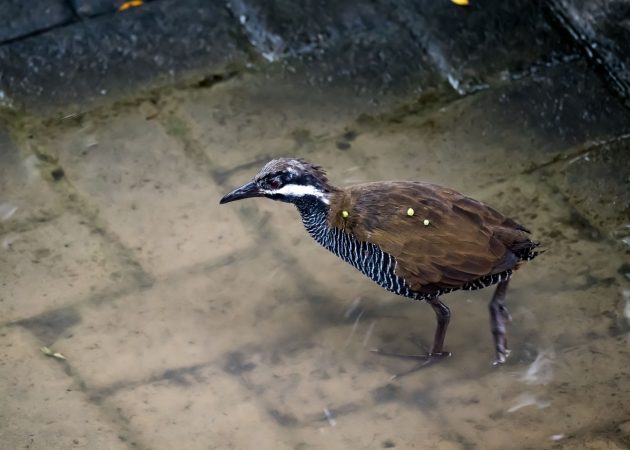
The hotel had some flowering plants, attracting Sahul Sunbirds.
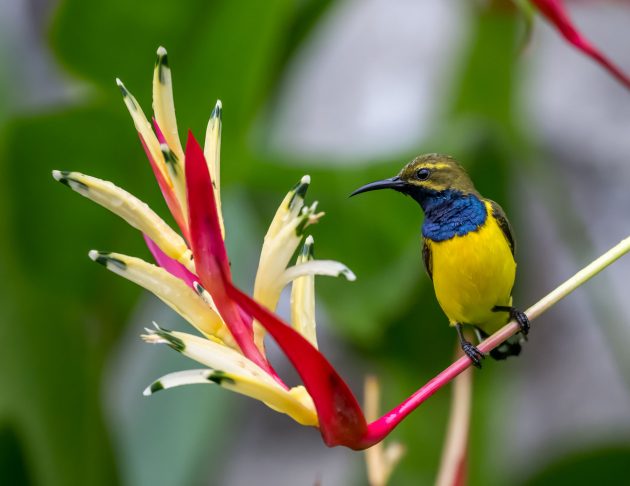
The Sahul Sunbird was formerly considered a subspecies of the olive-backed sunbird which has been renamed Garden Sunbird.
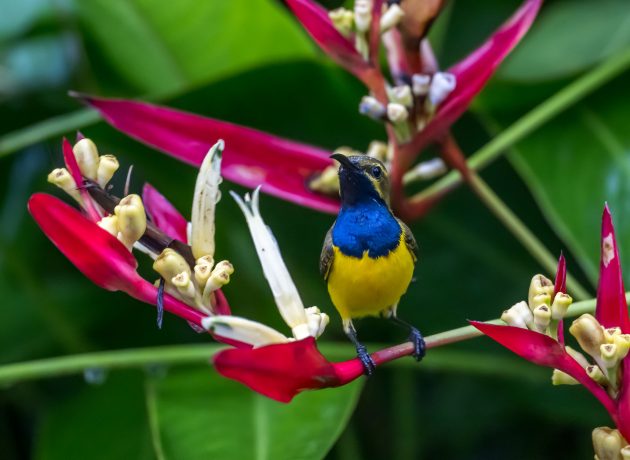
(I still shudder when I hear papers talking about, for example, the “Olive-backed Sunbird complex”)
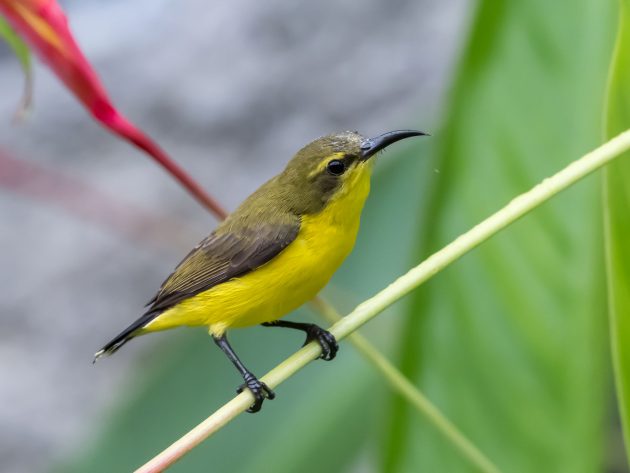
Its range stretches from Sulawesi east to the northern Moluccas, New Guinea, and northeastern Australia.
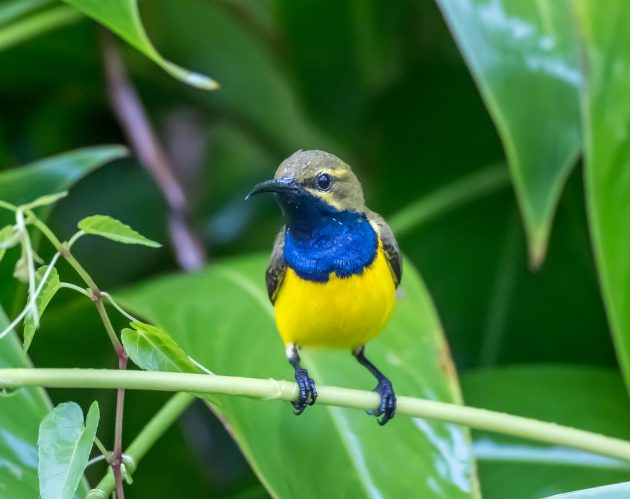
Presumably, Sahul refers to the Sahul Shelf, a part of the continental shelf of the Australian continent, lying off the northwest coast of mainland Australia.
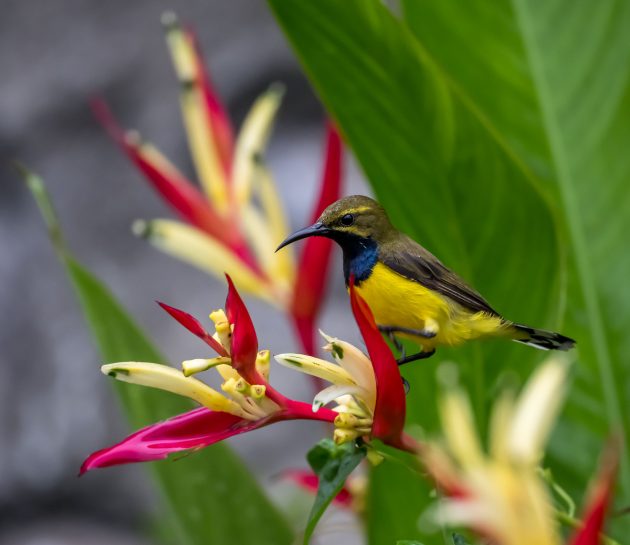
However, for me, the most interesting species in the parking lot was the Java Sparrow.
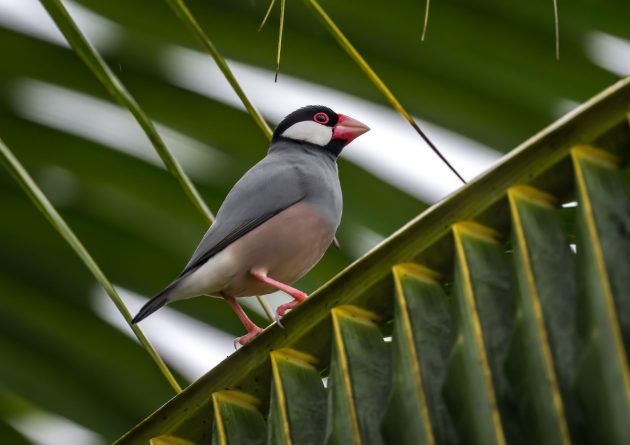
It is listed as Endangered in its native Java, but its overall status is somewhat paradoxical (source: HBW) as it is common in many of its introduced ranges (which presumably includes Sulawesi) but its native population has declined severely due to trapping for the cage bird trade.
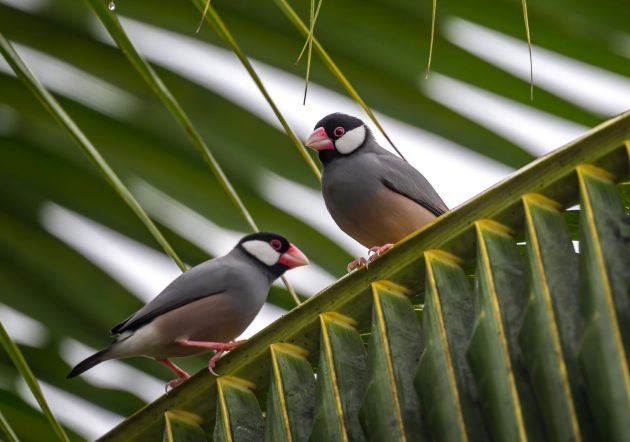
The scientific name Padda oryzivora sounds a bit more interesting than it is – it just means rice-eating.
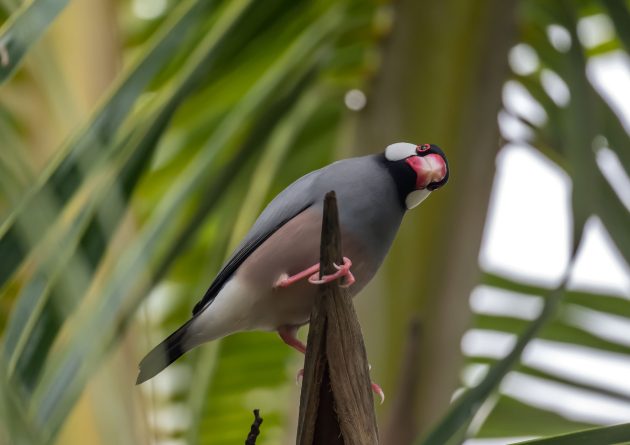
While waiting at a gas station, I saw two munia species that were actually eating rice: Black-faced Munia …
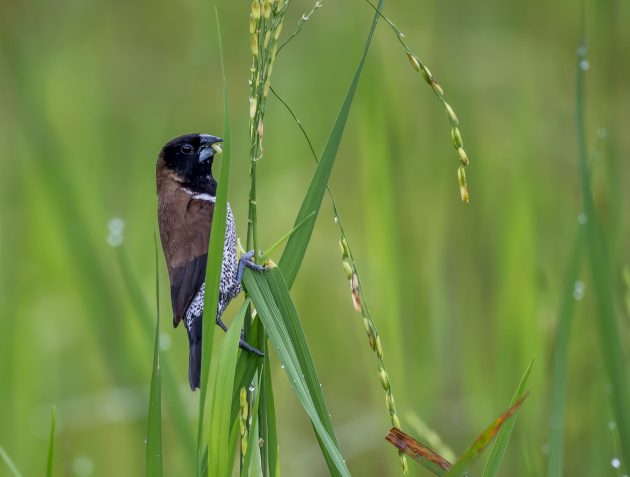
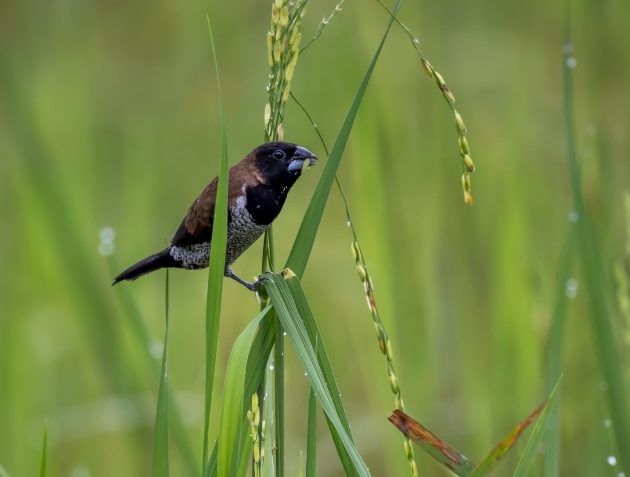
… and Chestnut Munia.
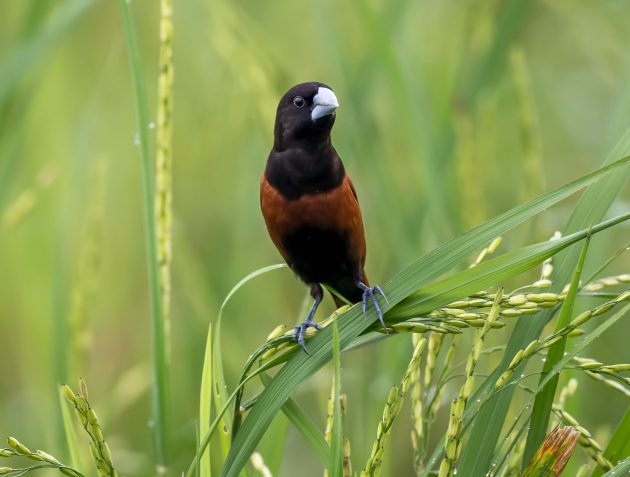
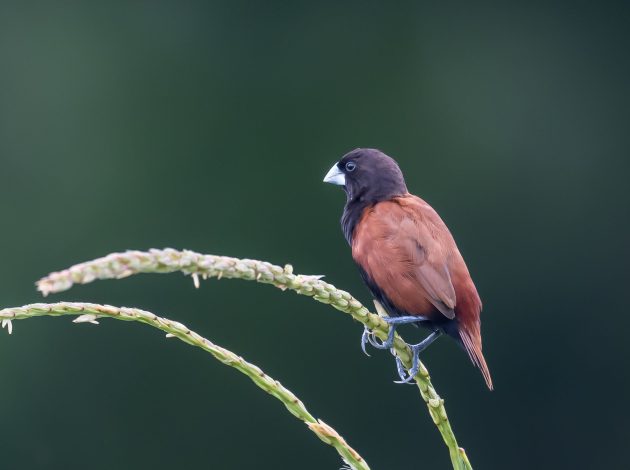
A Hair-crested Drongo was seen having breakfast, or maybe (if it got up early and was a bit of a Yuppie) brunch.
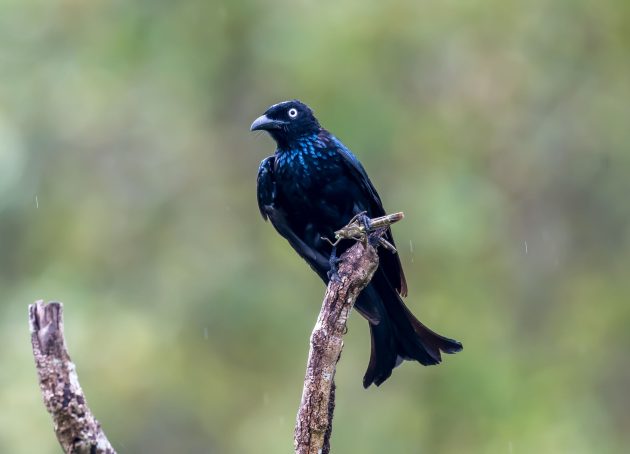
It looks quite different from the one I sometimes see in Shanghai – but then, life is too short to bother with subspecies.
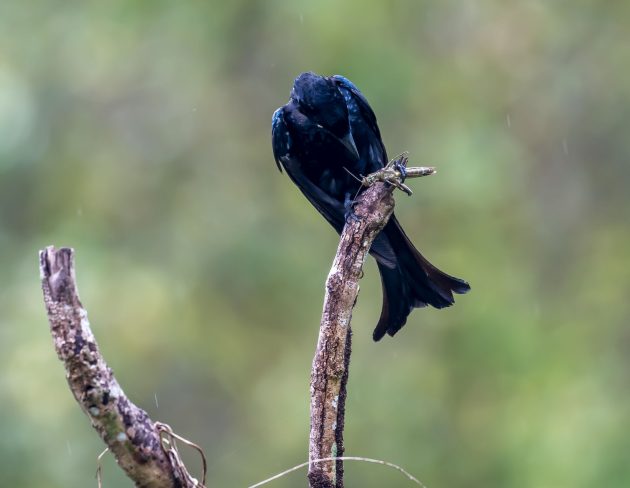
Passing by rice paddies and fields brought Purple Heron …
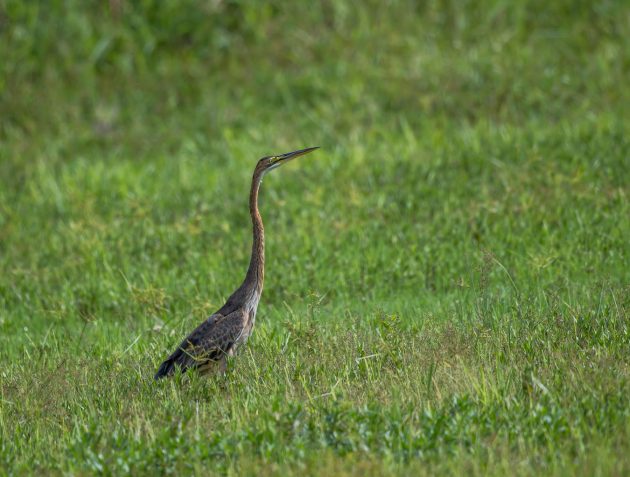
… and Javan Pond Heron.
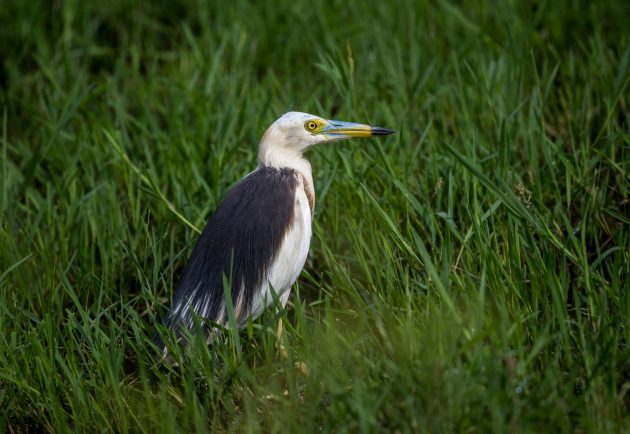
Heronconservation.org makes the bird sound like a miserable loner: “As a typical pond heron it is a lonely, cryptic species”.
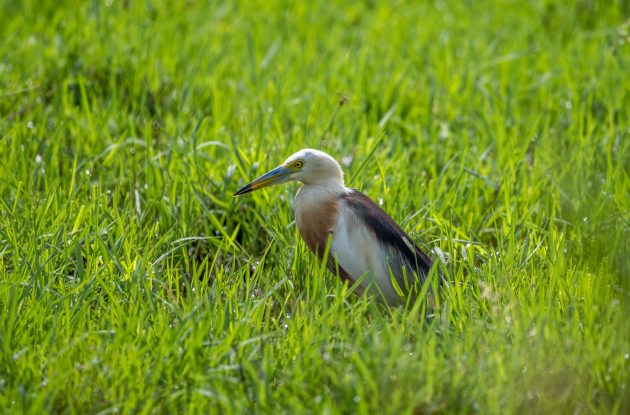
The importance of rice paddies for this and other species is highlighted in this paper.
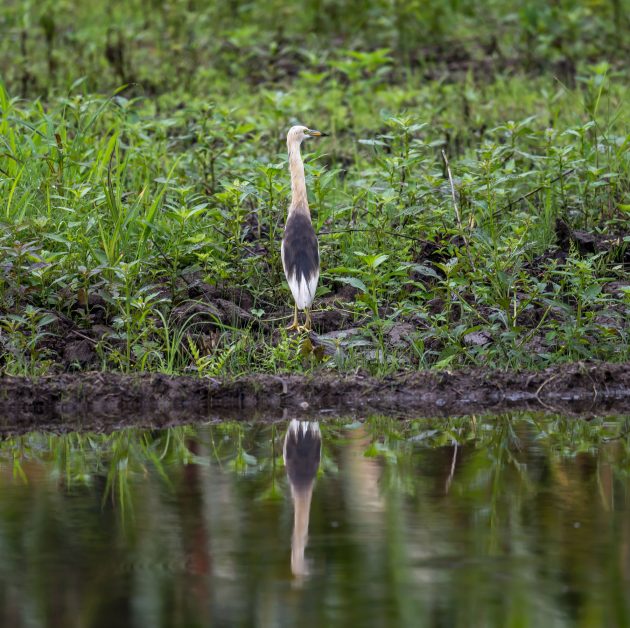
Cattle Egrets sometimes look grumpy as they resent living next to cattle all the time. I can sort of understand.
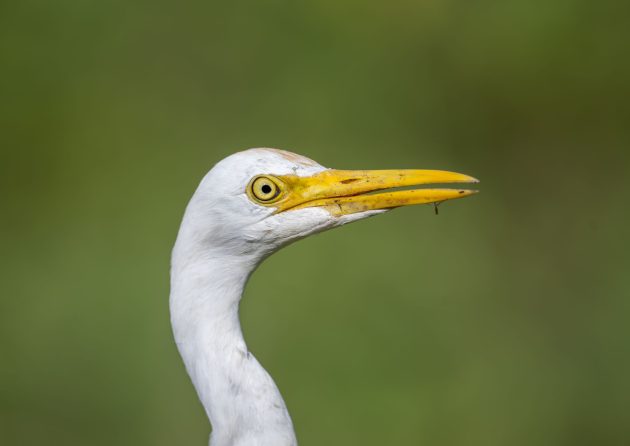
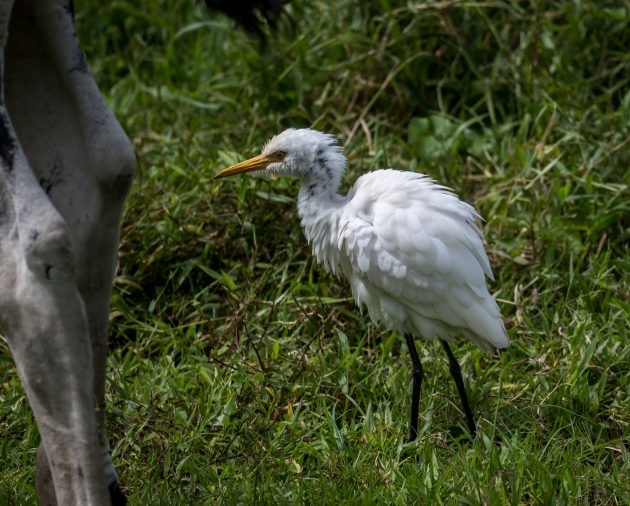
The Striated Herons I saw steered well clear of livestock …
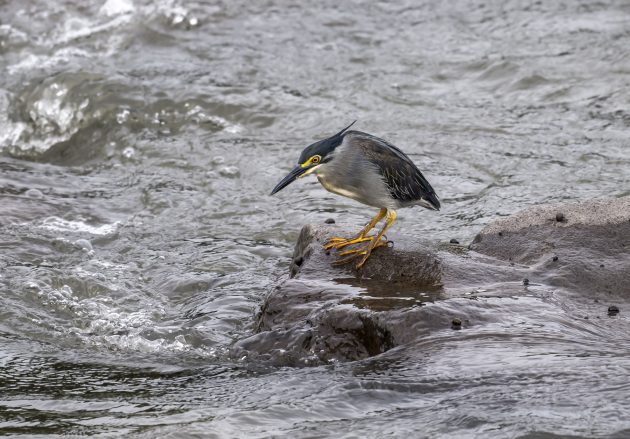
… but instead accepted living next to a lot of trash.
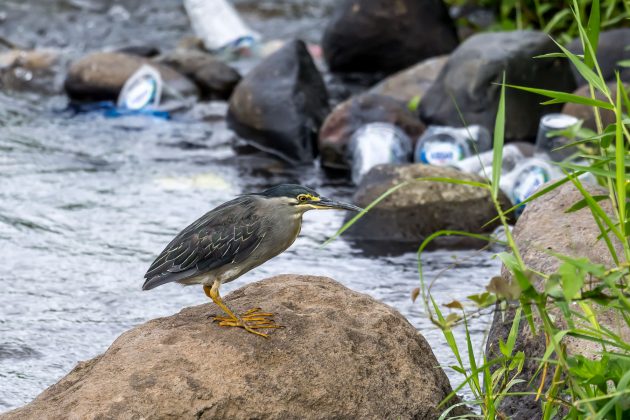
It is the heron with the largest geographic plumage variation (source) – the HBW lists 28 subspecies.
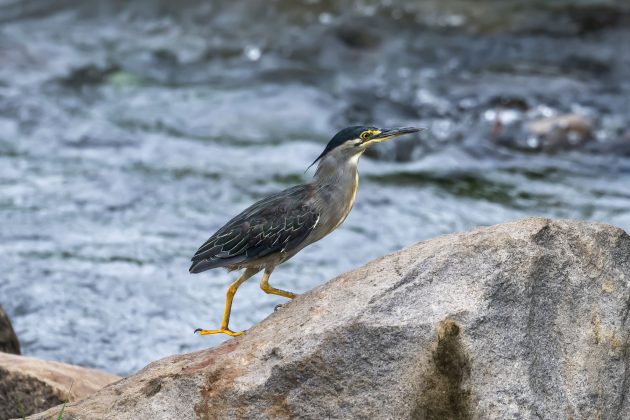
The Lesser Coucal is one of the bird species Sulawesi shares with Shanghai …
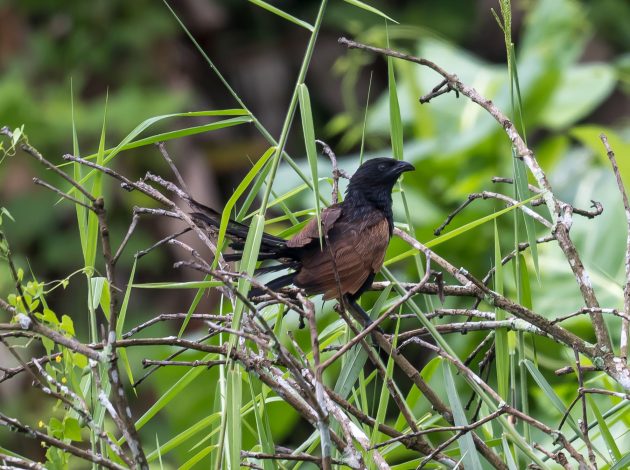
… while unfortunately, we do not have Collared Kingfishers in my hometown.
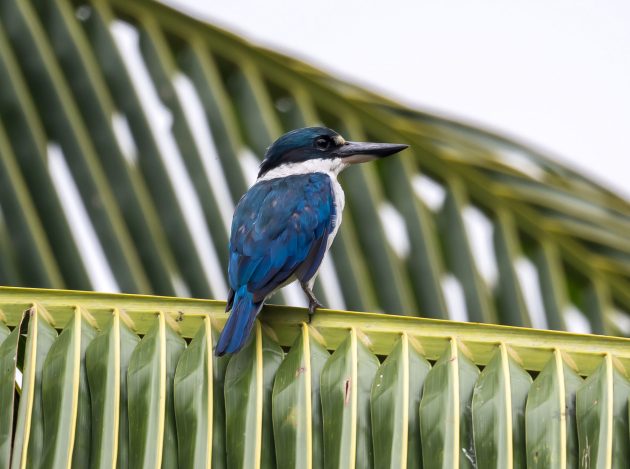
Finally, there were two swallows, one real (Pacific Swallow) …
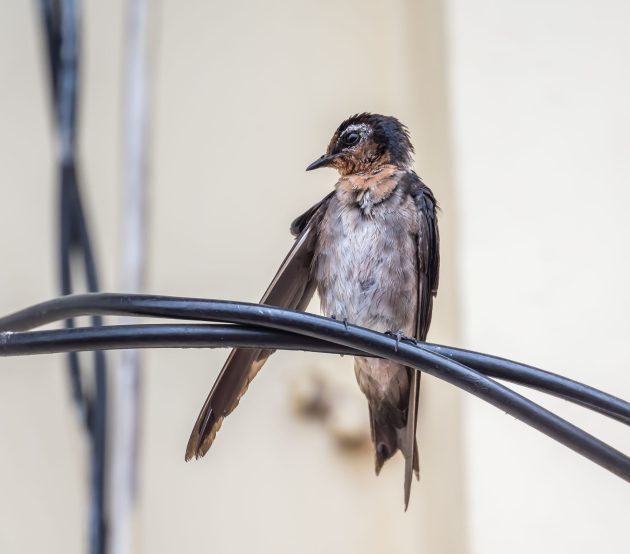
… (birds that are apparently quite difficult to catch, see here for an amusing report) …

… and one not quite (White-breasted Woodswallow), as despite their name, woodswallows belong to a different family than swallows. It is similar to some people being called Truthers without this having any relation with the truth.
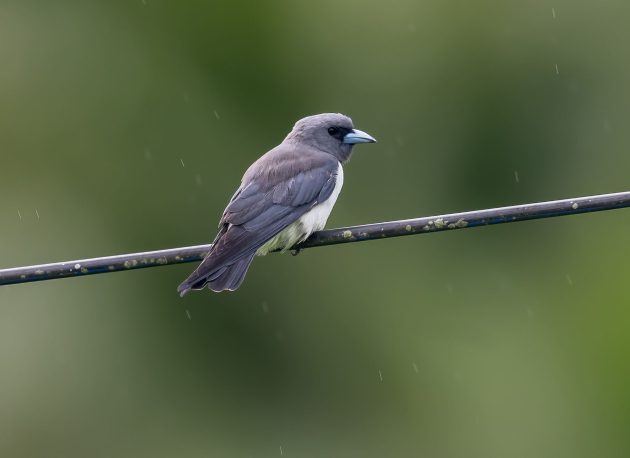
eBird calls it a chunky bird and thus may no longer be invited to any events hosted by the species. No, I am not deducing this from my own experience of calling a female acquaintance chunky.













That rail… what a stunner. I would happily spend the rest of my life on parking lots if these are the type of birds I can expect.
One is rewarding when taking the time to observe what’s around.
There are yellow dots stuck on the back of the rail, any idea what that could be?